Hundreds, thousands: what's important in the "newly discovered" exoplanets?
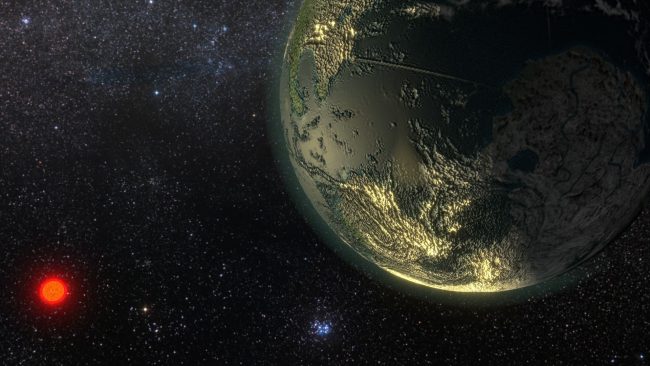 Source:
Source:
It May seem that NASA is constantly said about the discovery of the "new" earth-like exoplanets, because from time to time news on this subject slip on the main page of our site. It is always interesting to know that somewhere there might be a planet with the potential to nest life. And all this thanks to a highly successful space telescope Kepler, which uses the flickering and dimming of distant stars to find planets in their orbits. However, the recent discovery of Kepler (219 new planetary candidates, 10 of which are Earth-sized and located in the zone of Goldilocks) was the last: the last official planetary search results according to the mission of Kepler.
It is necessary to comprehend. In the end, the space telescope Kepler is still in space looking for new planets — and probably will continue to do so for about a year. But the primary mission of the telescope ended prematurely when, in 2013, everything went to pieces. At the telescope there are four wheels that keep it in the direction of a certain area of sky, so that he could monitor any invisible scintillations of the stars, indicating the presence of the planet. And here are two of the wheels broke. Instead of completely rolling the mission of the unit, NASA engineers were able to use the sun as a virtual wheel; the physical power of light hitting a solar panel in Kepler holds it in place, while all the other wheels are pushing in the opposite direction. Kepler was given a second chance with a new mission called K2.
K2 already found several exoplanets, its right, but its task is a little different. During their first mission, Kepler stared at one patch of sky in search of planetary activity among the 150 000 stars we have space on the backyard. K2 depends on the position of the sun, a telescope can't I just point to where you want scientists. And as soon as they choose the appropriate target — with interesting stars and to the sun could help scientists have about 80 days before the telescope will move again. K2 found (and will find) new planets, but the amount of data in it and close is not comparable with the volume of the original mission.
And that brings us back to latest news NASA: four years after the hardware failure of Kepler's massive catalog of data that he gathered, was finally combed to the full satisfaction of NASA.
"All the data of the original Kepler mission have been analysed several times," says Charlie Sobek, Manager of the mission Kepler and K2. "This latest catalog is a re-analysis using improved software that makes the catalogue especially useful for drawing statistical conclusions. This is the final results of the search for planets".
A New analysis of the data brings the total number of planetary candidates (potential planets that do not have to be confirmed) to 4034. Slightly more than half of them have been confirmed by other telescopes. Of the 50 planets have to be earth size and be located in a potentially habitable zone of a star, confirmed a total of 30.
The New analysis also revealed something about the planetary family tree: measuring the exact size of some of the Kepler planets, scientists have discovered that the "small" planets (smaller than gas giants like Jupiter) are divided into two distinct categories. They are either relatively close to earth's size (some super-earths several times more massive than our planet, but it is also relatively close by cosmic standards), or closer to Neptune in size, forms a "gas dwarfs" or "mini-Neptune". The analysis shows that the new planet very similar to Earth in size, but some of them take a dose of gas that brings them to a heavier class.
"We like to compare this study, this classification of the planets in order, as biologists identificeret new species of animals," says Benjamin Fulton, a PhD candidate in the University of Hawaii at Mano. "The discovery of the two different groups of exoplanets akin to the discovery of individual branches of life, mammals and reptiles".
Determining where the planetary spectrum is the Land and its close relatives, can help us determine how to develop the planet — and finally how often they evolyutsioniruet with all the components that make life possible on Earth. Kepler has done an amazing job on the development of planetary science. And although technically this was done with the first part of the mission, it is likely that scientists will continue from time to time to find a strange planet from his massive data set.
Recommended
The Americans on the moon: what everyone should know?
the Upcoming cosmonautics day is my favorite holiday. It marks the triumph of the human mind: in just four thousand years Homo Sapiens went from hunter-gatherers to space explorers. 12 April 1961 Soviet cosmonaut Yuri Gagarin became the first man in ...
Why are some galaxies spiral shaped?
you Know what surprised me the most? The fact that we perceive the surrounding world as it is. Animals, plants, the laws of physics and the cosmos are perceived by many people as something so mundane and boring that they invent fairies, ghosts, monst...
Astronomers were able to see the death of another star system
In the cosmic ocean drifts a lot of mysteries about the existence of which we are unaware. One of these was uncovered five years ago, when astronomers have discovered a lonely star at a distance of 570 light years from Earth, the brightness of which ...
Related News
Stephen Hawking: I am convinced that mankind must leave Earth
the Old Hawking is still not appeased. Recall that in may this year, the famous physicist made a very on our recent and, in his opinion, a very sad future. He said that mankind has only 100 years to leave the Earth, 900 years less...
In the Solar system is the Sun — in the center — many planets, asteroids, Kuiper belt objects and the moons, they are moons. Although most of the planets have satellites, and some Kuiper belt objects and even asteroids too, have t...
Nanoracks wants to turn the exhaust of the rocket in outer housing
as NASA is working to send humans into deep space, the Agency looking for new types space of the housing in which the astronauts could live far away from Earth. Company Nanoracks offers an interesting idea: instead of building som...
ISS has launched the first flexible solar panel
typically, solar panels are made up of many photovoltaic modules. The us space Agency NASA last Sunday spent in earth orbit the first of its kind experiment: using the manipulator Canadarm-2 was deployed on an experimental flexibl...
For an ultra-modern telescope JWST has selected the first target for research
the launch of the space telescope «James Webb» (JWST), which will take the place of the old Hubble, is scheduled for October 2018. If all goes well, this new giant space telescope will continue the legacy of the famous "...
Stage Falcon 9 will put the robot
the Company continues to put SpaceX first stage rocket Falcon9, so in the fact of planting the waste stage is not surprising. But Elon Musk, the head of the company, is constantly striving to improve and make the process of takeof...
10 ways by which aliens are able to contact us
Humanity is still not met any life forms outside of our planet. If you ignore the tales of "Area 51" and "eyewitness encounters with UFOs and their pilots" we still have not received any extraterrestrial signals even remotely tryi...
LIGO suspected that black holes emit light
Billions of years ago two black holes much more massive than the Sun — 31 and 19 solar masses each — merged in a distant galaxy. 4 January 2017 these gravitational waves traveling across the Universe at the speed of light, finally...
Chinese quantum satellite transmitted data at a record distance
the fact that the first quantum test of the satellite were successful, Chinese scientists from the Chinese Academy of Sciences announced the other day, then published a detailed article on this topic in the journal Science. Scien...
We will look for life on distant exoplanets?
the Search for extraterrestrial life is undoubtedly one of the most profound scientific events of our time. If extraterrestrial biological life will be found near another world around another star, we'll finally know that life out...
The fire from the fallen blocks of the rocket "Soyuz" a man died
Drop blocks of the carrier rocket «Union» led to the fire in the steppe of Kazakhstan near the town of Zhezkazgan, which killed the truck driver — reported «Roskosmos» the morning of 15 June. Employee N...
How will the death of the milky Way?
we are on the Earth another billion or two years before the oceans boil and the planet will become uninhabitable. The sun will heat up, turn into a red giant, burn the fuel in the core, will inflate their outer layers and shrink i...
10 important NASA missions that we are looking forward to
National Aeronautics and space administration (NASA) was established on 1 October 1958. It was the direct descendant of the "space race" period of the 20th century, when the United States and the Soviet Union essentially were comp...
Boeing started to create an experimental space plane Phantom Express
according to the publication Seeker, a well-known company-the manufacturer of aircraft Boeing together with DARPA in the framework of the programme for space exploration, XS-1 begin to create a supersonic space plane called Phanto...
Seven of the most extreme planets that we found
Not so long ago scientists have discovered the hottest planet in the entire history of observations — with surface temperatures in excess of such even some stars. As the search for planets outside our own Solar system, we find man...
"The first space nation" wants to develop outside the legal field of the Earth
At the end of last year an international group of scientists announced the project Asgardia is the first independent space nation, free from the constraints of earthly law. Read more about this project you can read in our . I conf...
China began the development of spacecraft with a horizontal takeoff
that work on the creation of the space plane are already underway, the portal said one of the leaders of the Corporation Casic, which experts are engaged in the development. Vice President of the aerospace Corporation Liu Shiquan...
throughout the history of space exploration, the astronauts and cosmonauts appeared several times on the verge of death. We've all heard about the catastrophe Shuttle "Challenger" and "Columbia", know about the exploits of the Leo...
Once the Earth was unlike himself
Before the appearance of humans, the world was completely different. Our planet didn't always look like this. Over the last 4.5 billion years it has gone through some of the most incredible changes — and they are absolutely indesc...
Rocket "proton-M" was launched after a year of inactivity
Flight of the carrier rocket «proton-M» with the upper stage «Briz-M» and American spacecraft «ekostar-21» took place from the spaceport «Baikonur» today at 06:45 Moscow time. the represent...




















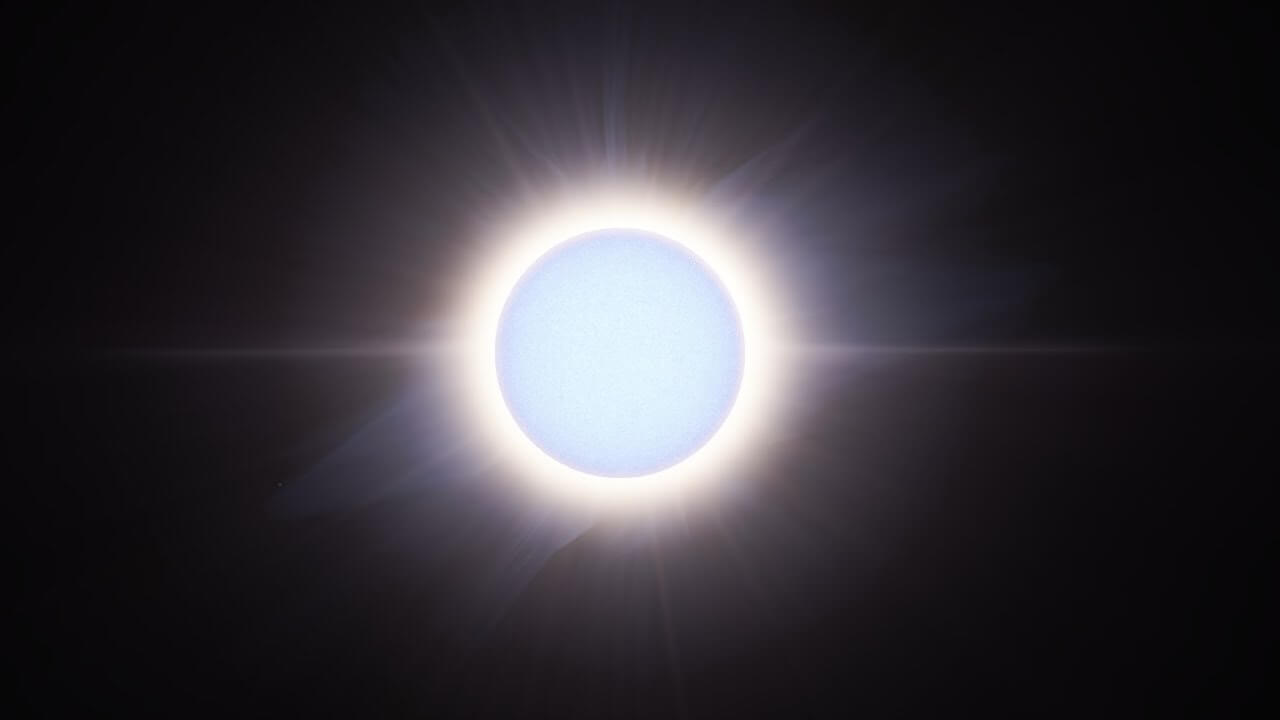

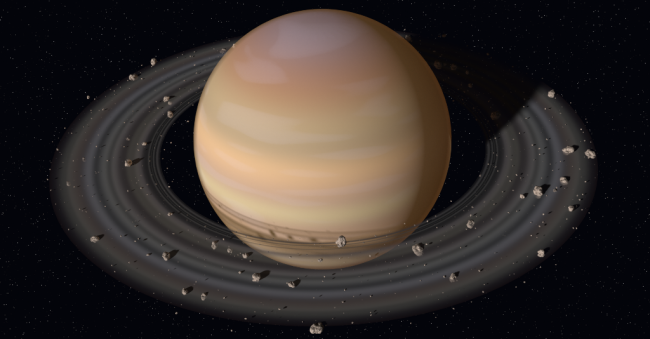
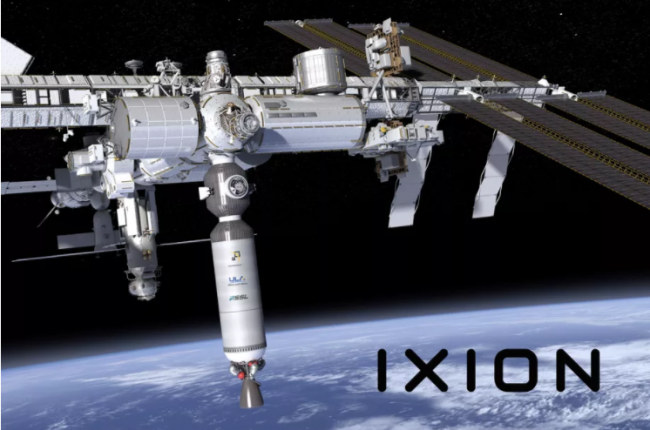
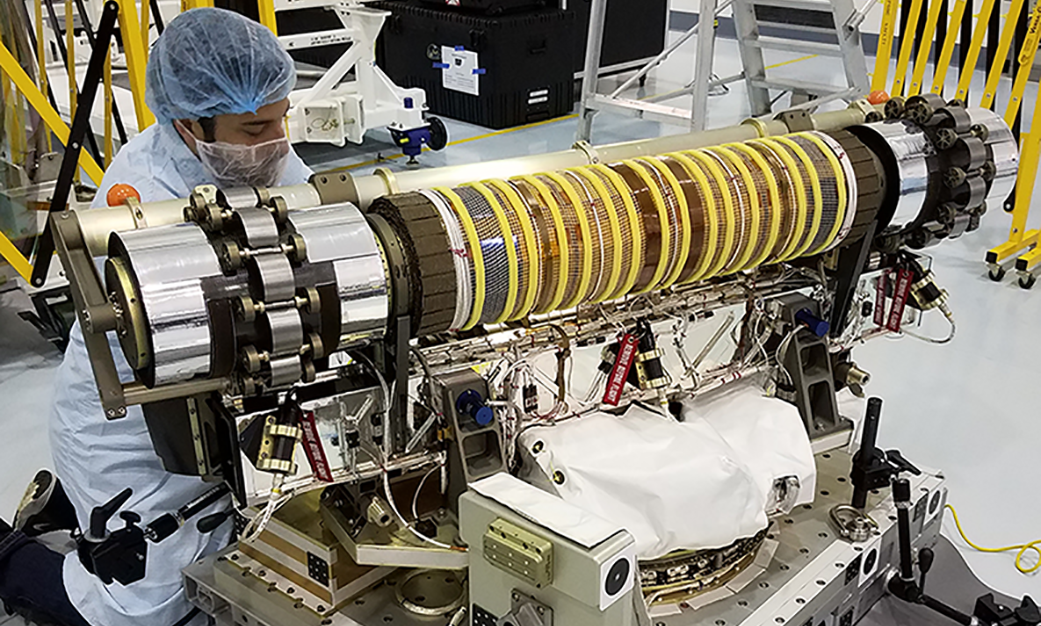
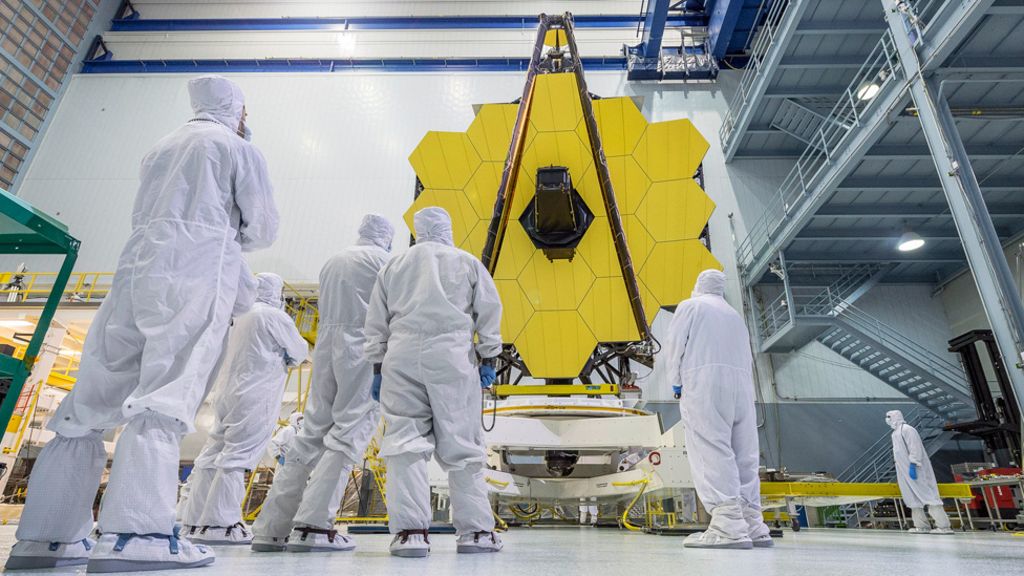
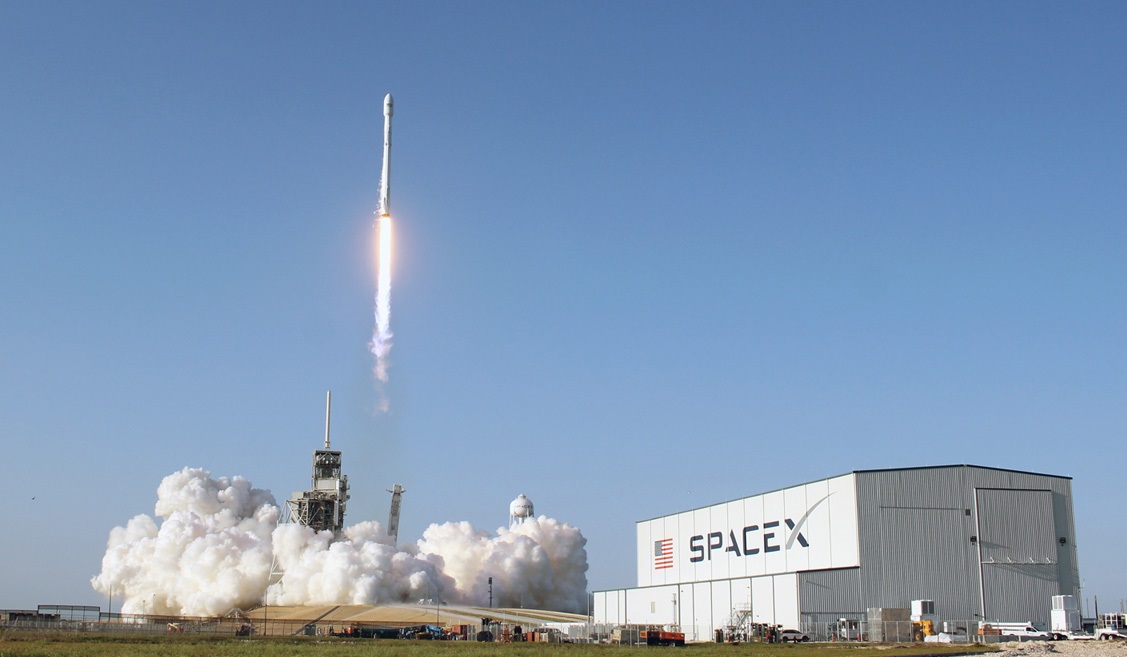
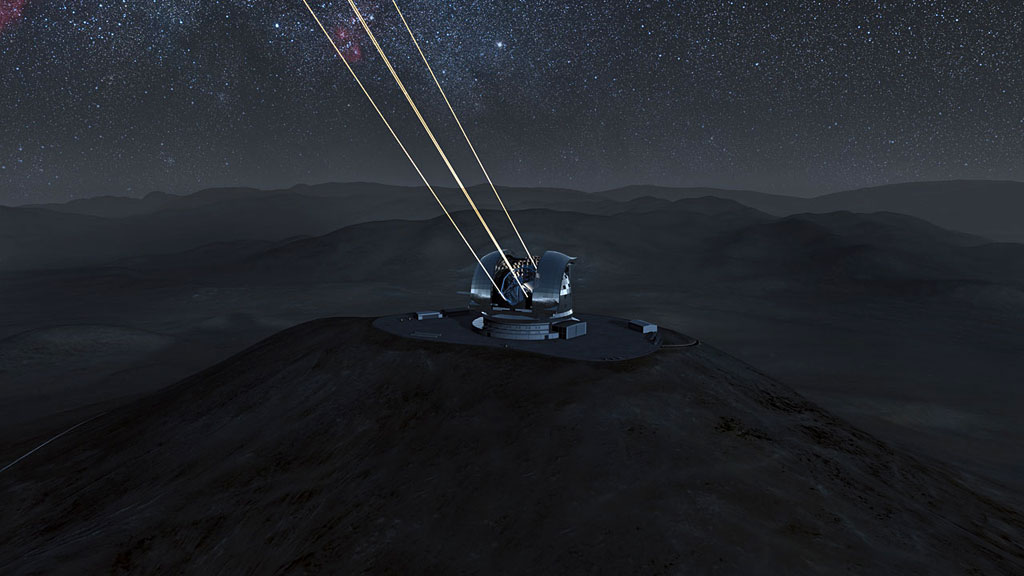
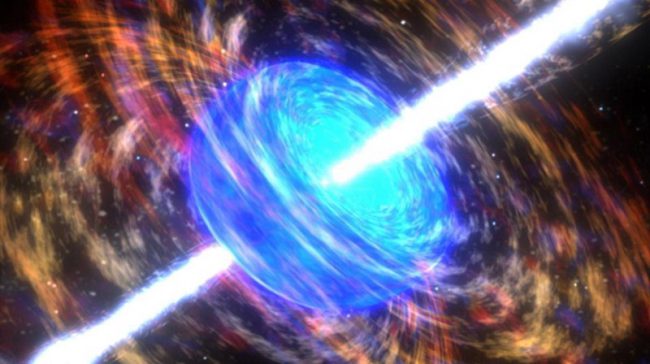
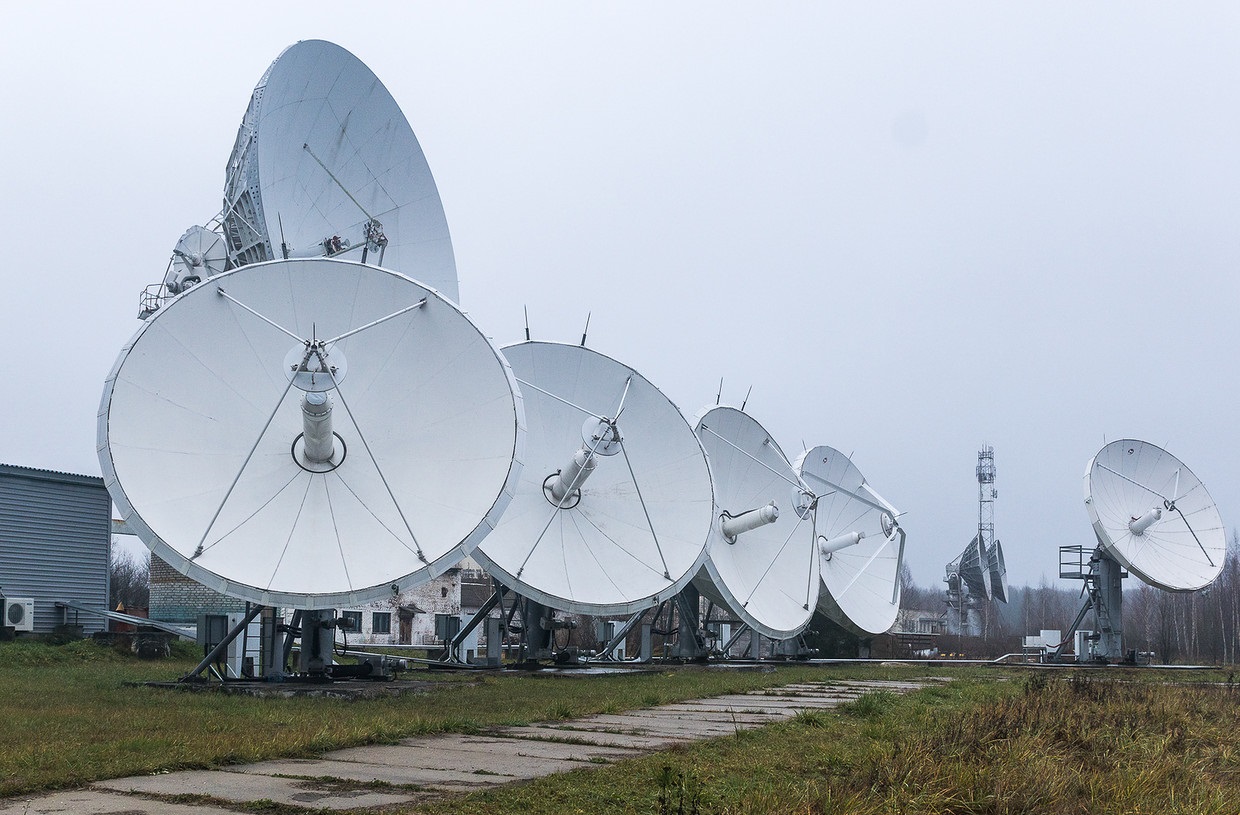
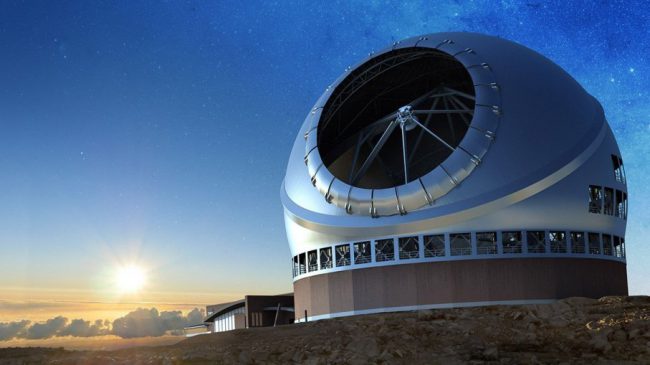
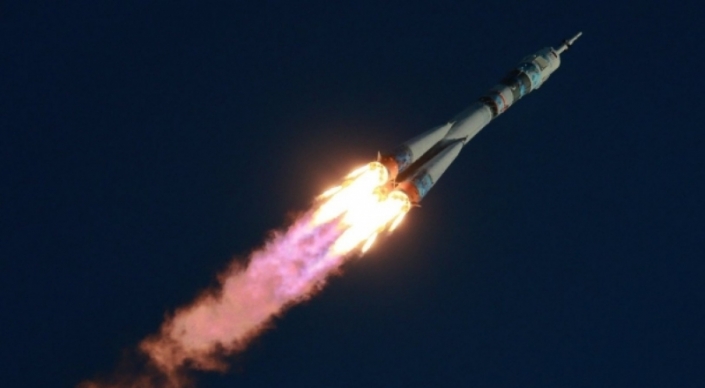

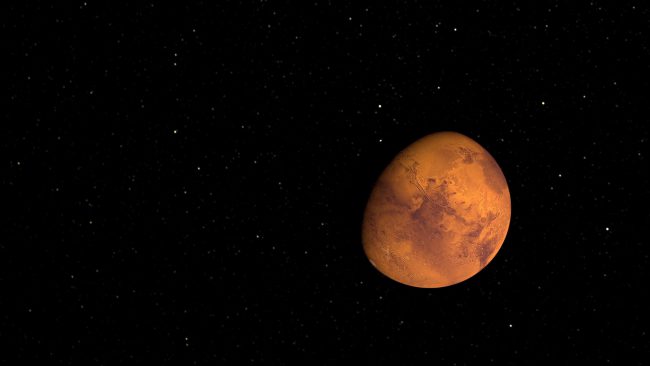
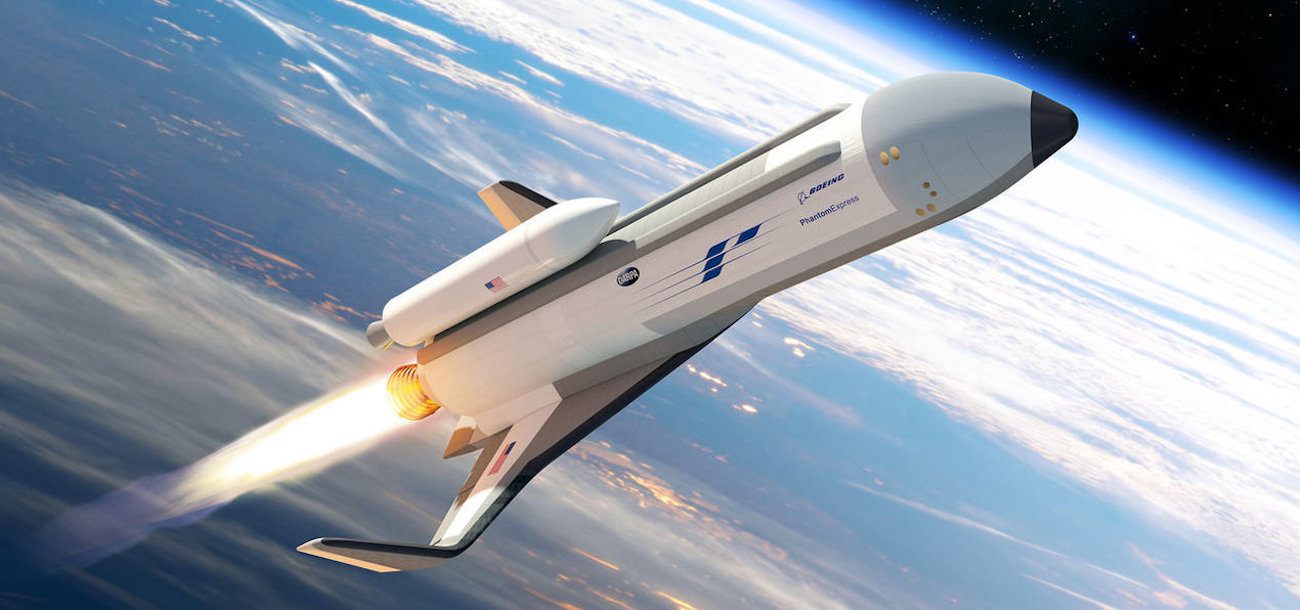

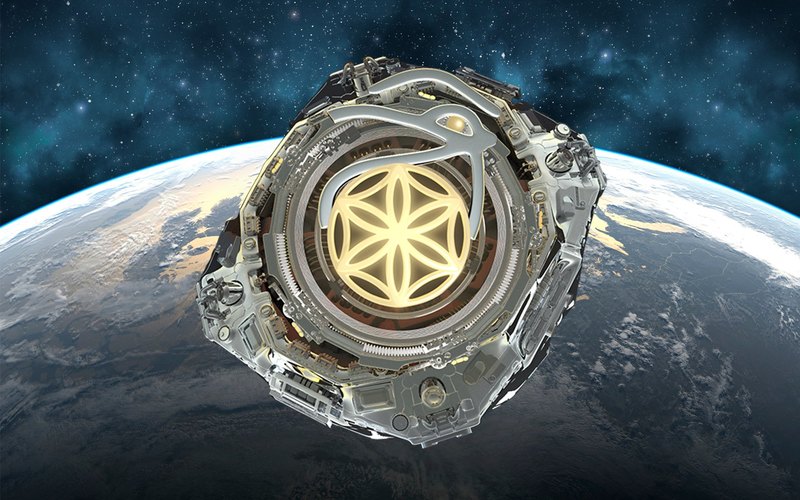
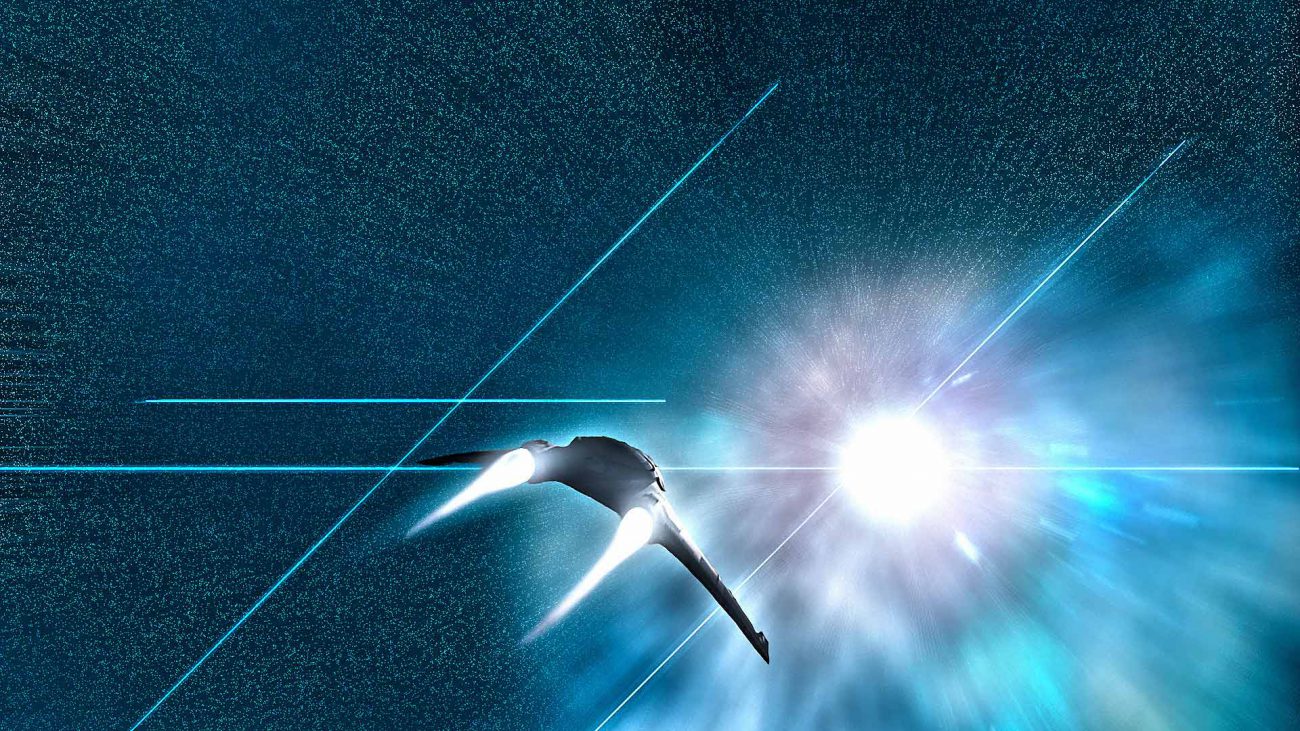
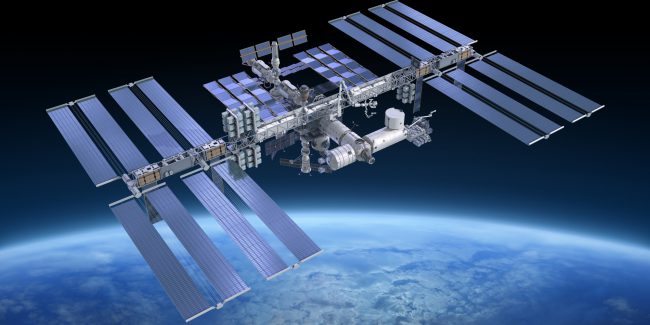


Comments (0)
This article has no comment, be the first!